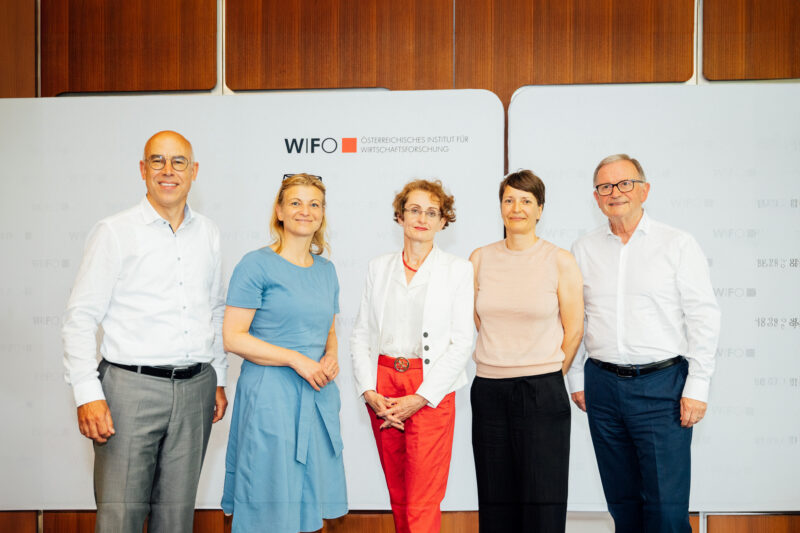
WIFO Short Assessment on the Electricity Price Brake
In view of the information that is already publicly available, we welcome that individual important points of the WIFO model have apparently been taken up by the federal government (in particular the design as a basic electricity quota at a fixed price). On the negative side, it should be noted that the basic quota for small households is very generous, so that efficiency incentives are low. The anchor price is also negative, as it could lead to all utilities offering a uniform tariff at 40 cents (in the medium term).
The "electricity price brake" is to be characterised by five key parameters, which are evaluated below.
2,900 kWh basic quota per household
The subsidised basic quota per metering point is set at 2,900 kWh. According to the federal government, this corresponds to 75 percent of the electricity demand of an average Austrian household of 3,850 kWh or, according to figures from the Federal Ministry for Climate Action, Environment, Energy, Mobility, Innovation and Technology (BMK) this corresponds roughly to the electricity consumption of a three to four person household (excluding electric water heating)1. For small households, the possibility to set incentives for energy savings was waived by this generous assessment basis. The lack of differentiation between primary and secondary residences further limits the effectiveness of the instrument.
10 cents per kWh fixed price, market price above the basic quota
The selected fixed price of 10 cents per kWh (or 12 cents per kWh including VAT), in combination with the generous basic quota, makes it possible to dampen the price increase comparatively significantly. In contrast to a subsidy on the market price, the fixed price relieves energy customers of the price risk (for the basic quota).
A maximum compensation cap for utilities of 30 cents
The compensation of a market price exceeding the fixed price shall be capped at 40 cents per kWh, i.e. the maximum compensation of the utilities shall be 30 cents per kWh. This anchor price may lead to a situation where (in the medium term) all energy supply companies will offer a uniform tariff at 40 cents in order to skim off the difference between the anchor price and their shadow tariff (imputed electricity price).
Application model for multi-person households
For households with more than three persons, a top-up quota is provided upon application. This takes into account the higher electricity demand of multi-person households without having to collect data from the energy suppliers and the central register of residents. Although an automated interleaving of the data would have been preferable, the chosen solution is faster and easier to implement technically.
GIS exemptions are taken into account
The additional support of households that are exempt from GIS is positive in terms of social accuracy. Certain details of the design are still open.
1 https://www.klimaaktiv.at/energiesparen/effiziente_geraete/Stromcheck.html.
Publications
Please contact

























